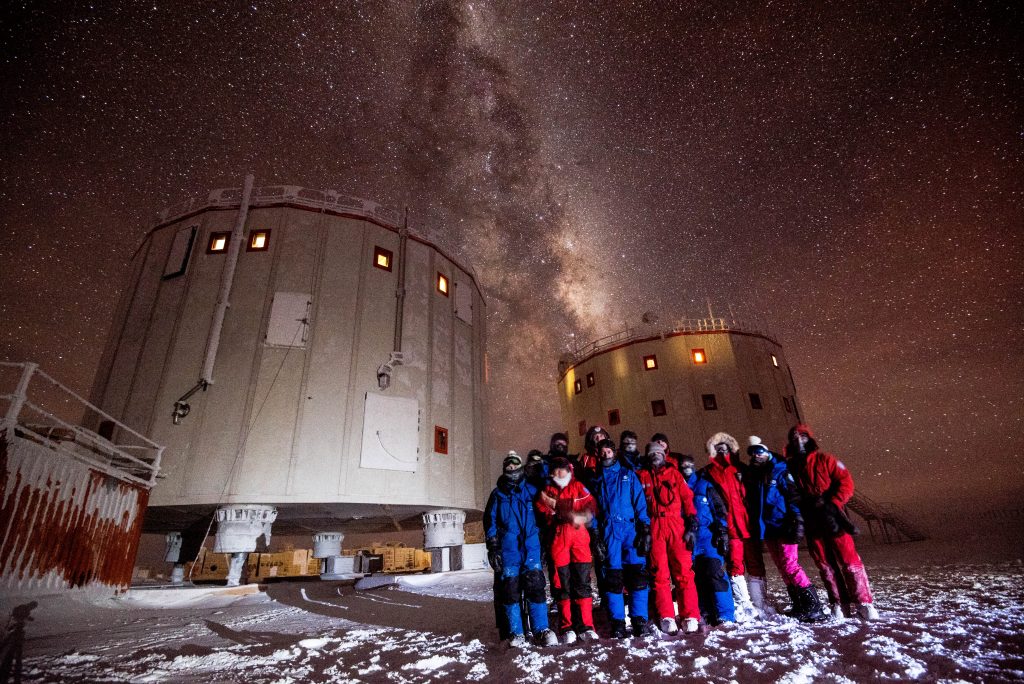Concordia
ESA has been supporting biomedical research at the IPEV/PNRA-owned Concordia station at Antarctica for almost two decades. ESA facilitates research on psychological and physiological stressors, as well as coping mechanisms and potential countermeasures.
Concordia station is a permanent international research facility at high altitude at Dome C on the Eastern Antarctic plateau. The station is isolated as it is located 950 km from the nearest coast, 1670 km from the South Pole and 560 km from the nearest neighbouring station. This actually makes Concordia station more remote than the International Space Station and also less accessible (at least during winter).
Some characteristics of the extreme environment include an altitude of 3200 m (equal to an altitude of almost 4000 m at the equator), with air pressure of 645 hPa and chronic hypobaric hypoxic stress; no access to the station between mid-February and mid-November (the Antarctic winter season); and an overall mean temperature of −51◦C, with temperatures as low as −80◦C in winter.
More information on the Concordia website can be found here.
A recent review paper summarising ESA-supported biomedical research at the Concordia station can be found here (“‘White Mars’ – nearly two decades of biomedical research at the Antarctic Concordia station“; open access).





